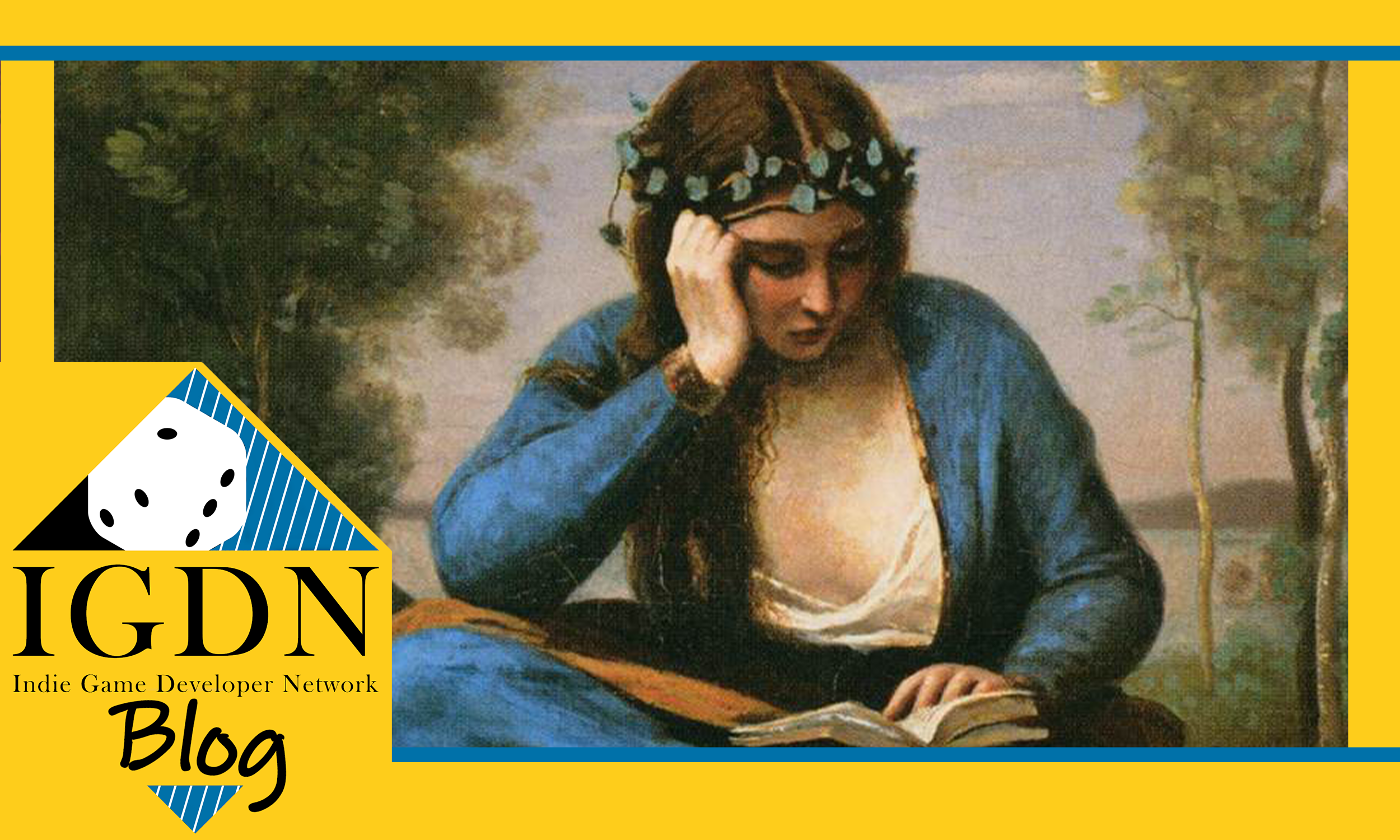Sensitivity Readers: The Next Steps
Sensitivity Readers: The Next Steps
Hiring sensitivity readers and working with them on your tabletop project
Jessica Marcrum
This article is part of the Indie Game Developer Network's blog series. The opinions and views expressed in this article are those of the author and do not necessarily reflect the opinions and views of the IGDN or its members.
The first issue of this blog series on sensitivity readers covered what they do and explored a few frequently asked questions about their role in game design. In short, sensitivity readers are a type of editor who bring their lived experience to improve your product. Budgeting them into the product and bringing them in as early as possible is the ideal way to go about working with one.
This post will further explore the process of working with a sensitivity reader as well as answer some questions posed in response to Sensitivity Readers: A Designer’s Best Friend.
How early do I bring a reader on? There is no easy answer to this, however a good rule of thumb is to flag things during the early development process that will need a sensitivity reader’s eye later. For example, does your game deal with magical ancestries? What about mixed lineages (ex. half-orcs). That is something you will absolutely want to bring a reader in to look at. Other topics that typically get flagged during early development in ttrpgs are: colonialism, disability (especially in the cyberpunk genre), mental health, police brutality, and removal of agency (think any type of enchantment magic or potion).
If your game touches on these briefly, you will want to flag them for a reader during the outlining process and then bring on a reader as soon as you have written up a first draft. However, if your project is entirely about one of those topics —say, you are writing a guide to ancestry in a particular setting or writing an adventure entirely based on a love potion— you may want to bring on a co-writer/developer instead of or in addition to a sensitivity reader. This is not to say that we cannot write things outside of our own experiences. However, if your entire game is about fighting colonialism and you yourself have never experienced life as a colonized person, you may want to bring in someone who has. Your work would be enriched for their perspective.
I know I need a reader, but what should I budget? Short answer: pay what your reader quotes you. Long answer: just like developmental editors, sensitivity readers are individuals who all charge different amounts: per word, per page, or per hour being the most common. Decide early in the process what may need sensitivity reading (see above re: flagging hot topics and bringing on a co-designer). If your project has several things you need a reader for, you will ideally find a reader who can read for multiple topics. Most sensitivity readers do, because we live in a world of intersectionality. Someone who has experienced marginalization due to their race may well have also experienced marginalization related to their gender, mental health, and sexual identity. They may be willing to read for all of the above.
How do I budget my game? This was a commonly asked question that is unfortunately far beyond the scope of this article. I am not the greatest at math, so I am not the right person to ask budgeting advice anyway, however as a social worker, I am ever happy to provide resources! Here’s an extensive walkthrough of what ttrpg creation costs in the UK. Here’s a thread breaking down production in the US. They do not, sadly, include budgeting for sensitivity reading, however many designers lump that into the Editing part of their budget, so feel free to extrapolate that for your own project.
How do I cover getting readers for every topic? The sad news is that you can’t and it sucks. Just like how every print run has typos, there are going to be things missed. Fortunately, you know your game better than anyone and can likely pinpoint the parts most likely to need another set of eyes. Here’s a link to common topics for content warnings that can be extrapolated to topics for sensitivity reading. You can also see what certain people read for and try and hire someone who covers multiple needs.
I messed up and realized I needed someone at the end. First, take a breath. This is common. Contact a reader and be prepared to make changes! It can be so frustrating as a reader to be brought in just to “ok” a project that is already in layout. Be aware that major foundational changes may be brought up by the reader. Expect them and be amenable to their suggestions. Also, don’t ask them to “just take a look” for free. You wouldn’t just design a game for free, would you? As discussed in the previous entry, this work is hard and emotionally draining. Coming in at the end of a project can be scary, because readers often feel anxious proposing big and necessary changes. Treat your emergency reader well, respect their feedback, and pay them accordingly.
I can’t afford a reader! Cool. Please stop emailing and DMing me to tell me this. Do you go out of your way to tell artists you can’t afford them? If you do, that’s rude as heck. What about your editors? Do you email random editors to tell them they are extraneous? Ultimately, it is your choice to hire a sensitivity reader. You know your audience and you know your budget. Besides, it’s not like anything has gone wrong when companies haven’t had one.
This IGDN blog article is brought to you by Jessica Marcrum of Unseelie Studios. If you want to get in touch with the contributor she can be reached at @Miss_Jess03 on Twitter or visit her website at www.jessicamarcrumwrites.com.

